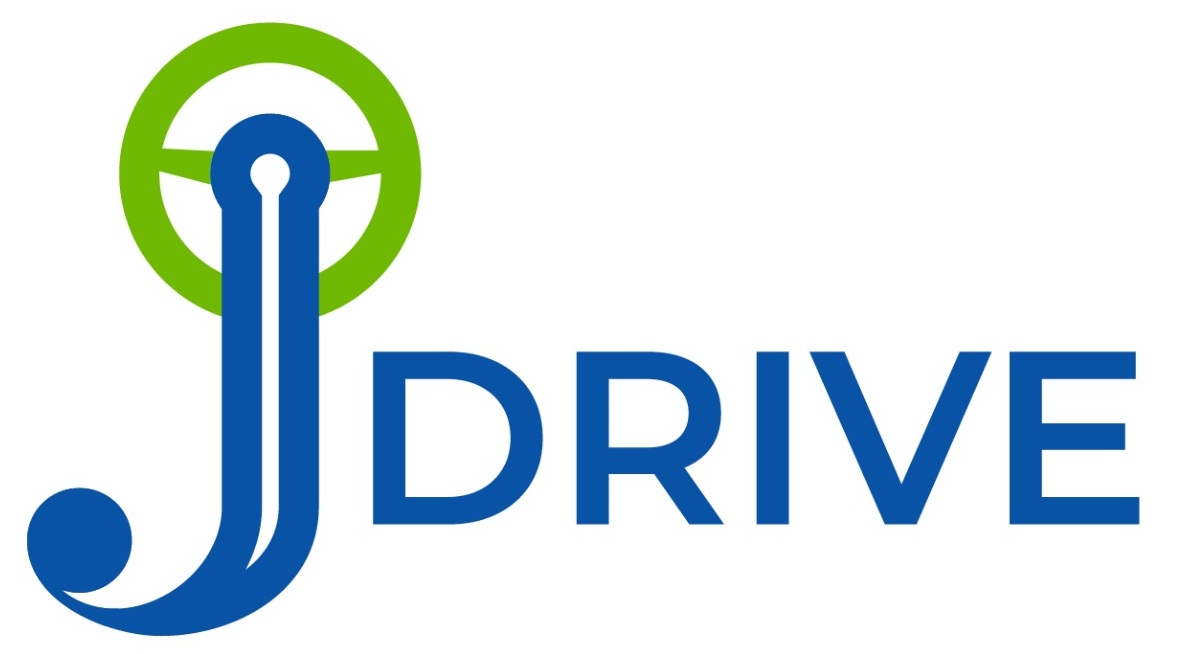Menu
How to Make the Most of Your Driving Lessons
Learn about the most common errors new drivers make and how to avoid them with the right instruction.
Getting your driver’s license is a thrilling milestone, opening up a world of freedom and independence. However, new drivers often make common mistakes that can lead to accidents or even fatalities. This blog post will explore the top 5 common mistakes new drivers make and provide practical advice on how to avoid them.
1. Distracted Driving:
- The Mistake: In today’s hyper-connected world, distractions are everywhere. Texting, talking on the phone, eating, adjusting the radio, or even reaching for something in the passenger seat can take your eyes and mind off the road for crucial seconds. This lack of focus significantly increases the risk of accidents.
- How to Avoid It:
- Put your phone on “Do Not Disturb” mode. This silences all notifications and prevents the temptation to check your phone while driving.
- Avoid eating or drinking while driving. If necessary, pull over to a safe location to consume food or beverages.
- Designate a passenger to handle distractions. If you need to adjust the music, use GPS, or make a call, ask a passenger to assist you.
- Minimize distractions before you start driving. Ensure your phone is charged, your music is set, and you have everything you need within easy reach.
2. Overconfidence:
- The Mistake: New drivers often feel invincible and underestimate the potential dangers of the road. This can lead to risky behaviors such as speeding, tailgating, ignoring traffic signals, or taking unnecessary chances.
- How to Avoid It:
- Remember that experience comes with time. Even the most skilled drivers continue to learn and adapt.
- Always be aware of your surroundings. Continuously scan the road ahead, check your mirrors frequently, and be mindful of other vehicles and pedestrians.
- Drive defensively. Assume other drivers may make mistakes and be prepared to react accordingly.
- Take a driver’s education course. These courses provide valuable instruction on defensive driving techniques, hazard perception, and the rules of the road.
3. Improper Lane Changes:
- The Mistake: Changing lanes without properly checking blind spots, failing to signal adequately, or merging into traffic without yielding can lead to collisions.
- How to Avoid It:
- Always check your mirrors and blind spots. Look over your shoulder to ensure the lane is clear before changing lanes.
- Signal well in advance of your intended lane change. This gives other drivers time to react and adjust their position.
- Use the proper merging techniques. Enter traffic at the same speed as other vehicles and yield to oncoming traffic.
- Avoid abrupt lane changes. Smooth and gradual lane changes are safer and less likely to startle other drivers.
4. Following Too Closely (Tailgating):
- The Mistake: Driving too close to the vehicle in front of you leaves no room for reaction time in case of sudden stops. This is a major contributing factor to rear-end collisions.
- How to Avoid It:
- Maintain a safe following distance. Use the “three-second rule” – when the vehicle in front of you passes a fixed object (such as a sign or overpass), count three seconds before your vehicle reaches the same object.
- Increase following distance in adverse weather conditions. Rain, snow, or fog significantly reduce visibility and require increased stopping distances.
- Avoid tailgating at all costs. It is not only dangerous but also illegal.
5. Ignoring Road Signs and Signals:
- The Mistake: Misinterpreting or ignoring traffic signs and signals can lead to dangerous situations, such as running red lights, driving the wrong way on a one-way street, or entering restricted areas.
- How to Avoid It:
- Pay close attention to all traffic signs and signals. Understand the meaning of different signs and signals, including stop signs, yield signs, traffic lights, and lane markings.
- If you are unsure about a sign or signal, err on the side of caution. It is better to be safe than sorry.
- Review the rules of the road regularly. This will help you stay informed about traffic laws and regulations.
Remember: Driving is a privilege, not a right. By being aware of these common mistakes and taking steps to avoid them, you can become a safer and more responsible driver.
Additional Tips:
- Practice regularly: The more you drive, the more comfortable and confident you will become.
- Get professional instruction: A qualified driving instructor can provide valuable guidance and feedback, address any specific concerns, and help you develop good driving habits.
- Be patient: Learning to drive takes time and effort. Don’t get discouraged if you make mistakes along the way.
- Be mindful of your passengers. If you are driving with passengers, especially young children, ensure their safety by using appropriate child restraints and setting a good example by always driving safely and responsibly.
By following these tips and driving defensively, you can help ensure a safe and enjoyable driving experience for yourself and others on the road.
Get In Touch
Copyright © 2025 J Drive All Rights Reserved.

